SUMMARY
This is AI generated summarization, which may have errors. For context, always refer to the full article.

This compilation was migrated from our archives
Visit the archived version to read the full article.
MANILA, Philippines – “We will plant more trees,” Manila Mayor Isko Moreno said on July 30, eliciting a thrum of excitement from the people around him.
On that day, Moreno met with the members of the Save Arroceros Movement, the coalition that has been fighting for the last few years to keep the Arroceros Forest Park alive. Among them are Manila Doctors Hospital’s Corporate Social Responsibility arm, members of the Wild Birds Club of Manila and the Philippine Native Trees Conservation Society, and, at the heart of it, the women of Winner Foundation.
The group has been presented with many plans for the park throughout the years, but none so reassuring as Moreno’s – who, since he assumed office, has made a show of his plans to clean up the capital city.
What a great sigh of relief the park’s caretakers must have heaved at that moment – considering that just months before the Manila mayor made his promise, they were very much on their toes, ready to fight for the park’s survival as they have been for the better part of the last 25 years.
Climbing walls
There is a wall that separates Arroceros Forest Park from the rest of the grey polluted city it is called the “last green lung” of.
Made of concrete and steel, and covered in colorful murals, this wall is both the first thing you notice before you enter, and the most unremarkable thing about the park, which, after all, is home to some 3,000 trees, 8,000 ornamental plants, and a diverse bird population.
And yet this remarkable park’s unremarkable wall plays quite the part in its story – if only because some 16 years ago, the women of the Winner Foundation – the park’s long-time caretakers – proved that they would scale it, and everything else that got in their way, just to keep their beloved park alive.
In 2003, the women – most of them in their 50s at the time – made the effort to climb the Arroceros wall every Sunday, after being locked out of the park that they started.
Polished and unruffled as they sat around a table at a Manila cafe one sunny March morning in 2019, it was hard to imagine these women clambering over anything – let alone a stone wall – and yet they did.
“For the next few years, we would climb the gates,” Chiqui Mabanta, the current president of the Winner Foundation and among the youngest members of the group, shared.
“Every Sunday,” Regina Paterno, the foundation’s former president chimed in.
“I tell you, that was very scary, because the gate is kind of high,” member Joan Orendain added. “And none of us are spring chickens, except for Chiqui.”

In 1993, the Winner Foundation – made up mostly of Manilenya housewives who were looking for something new to occupy their time – set their sights on cleaning and greening their beloved city.
“We began by planting. We were planting all over,” said Mrs Paterno. “But in the end, we saw that if we did not follow it up, nawawala, namamatay (they would die).”
“The only ones that survived were the ones in front of the Casino Español because we talked to the waiters to water it. But in the other places, without follow up from the local government, the plants just died,” she said.
It was then that they realized they needed a space that they could monitor freely and where grow as many plants as they wanted. They told then-Manila mayor Alfredo Lim and then-First Lady Amelita Ramos about their wishes, and they helped the women secure a property under the City of Manila.
Forest from rubble
In the beginning, the 2.2-hectare space that used to house the Department of Education, Culture, and Sports (DECS) was mostly concrete and filled with rubble; not exactly a fertile land where one would attempt to plant a forest. But the women saw its potential.
They took on the role as the park’s caretakers – a role made official by a Memorandum of Agreement signed by Winner’s then-president Lourdes Evangelista and Mayor Lim.
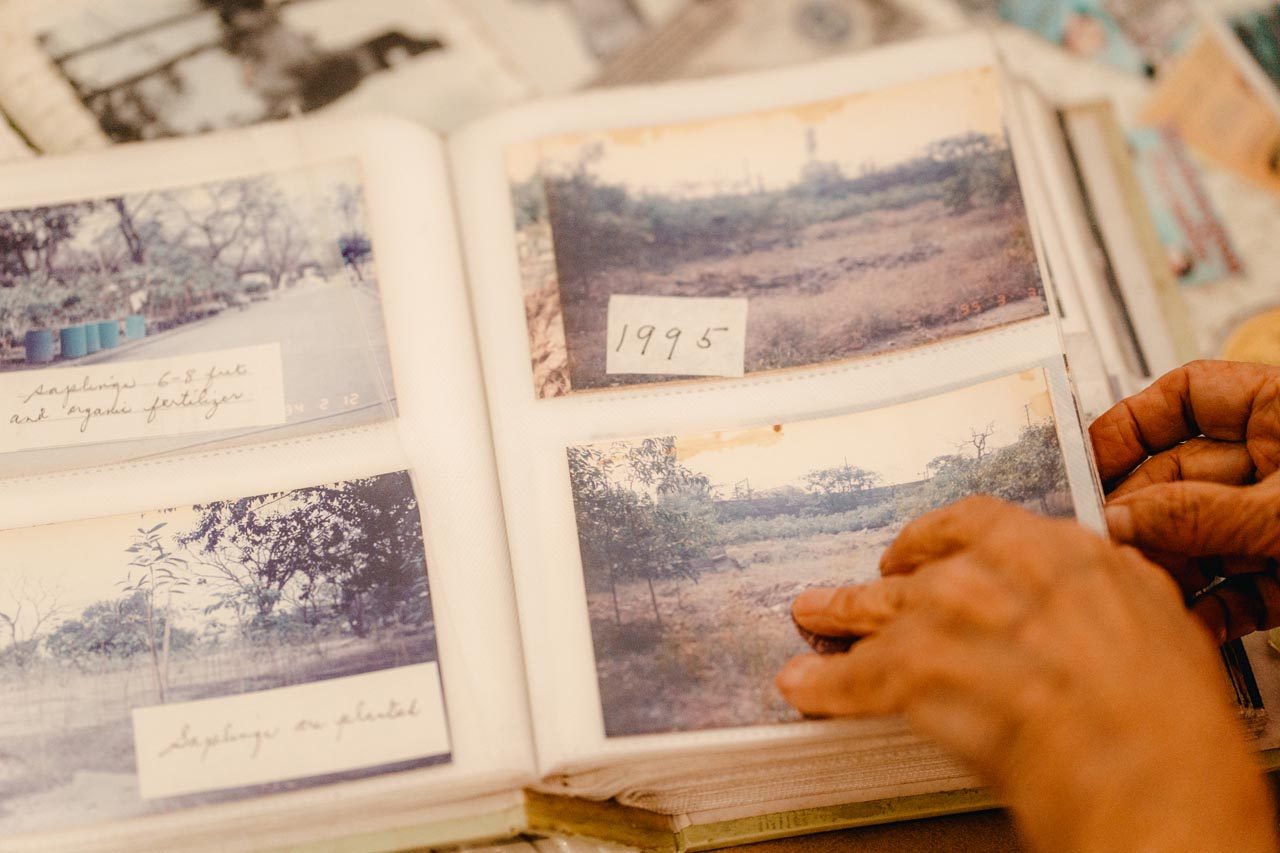
To start work on the park, Winner hosted a fundraising gala, ultimately raising a seed fund that allowed them to clear the area, procure the flora from the Manila Seedling Bank, and build a wall around the park’s perimeter – the same wall that they would have to climb years later.
The park would remain mostly closed to the public for 10 years, and within the park’s comfortable quiet, the plants grew and flourished. As the years passed, the women worked to raise funds for the forest on their own, even auctioning off their own possessions as needed.
“We never relied on any government, any organization,” Mrs. Paterno said. “We were just selling old clothes.”
“Housewifely things,” she added with a laugh.
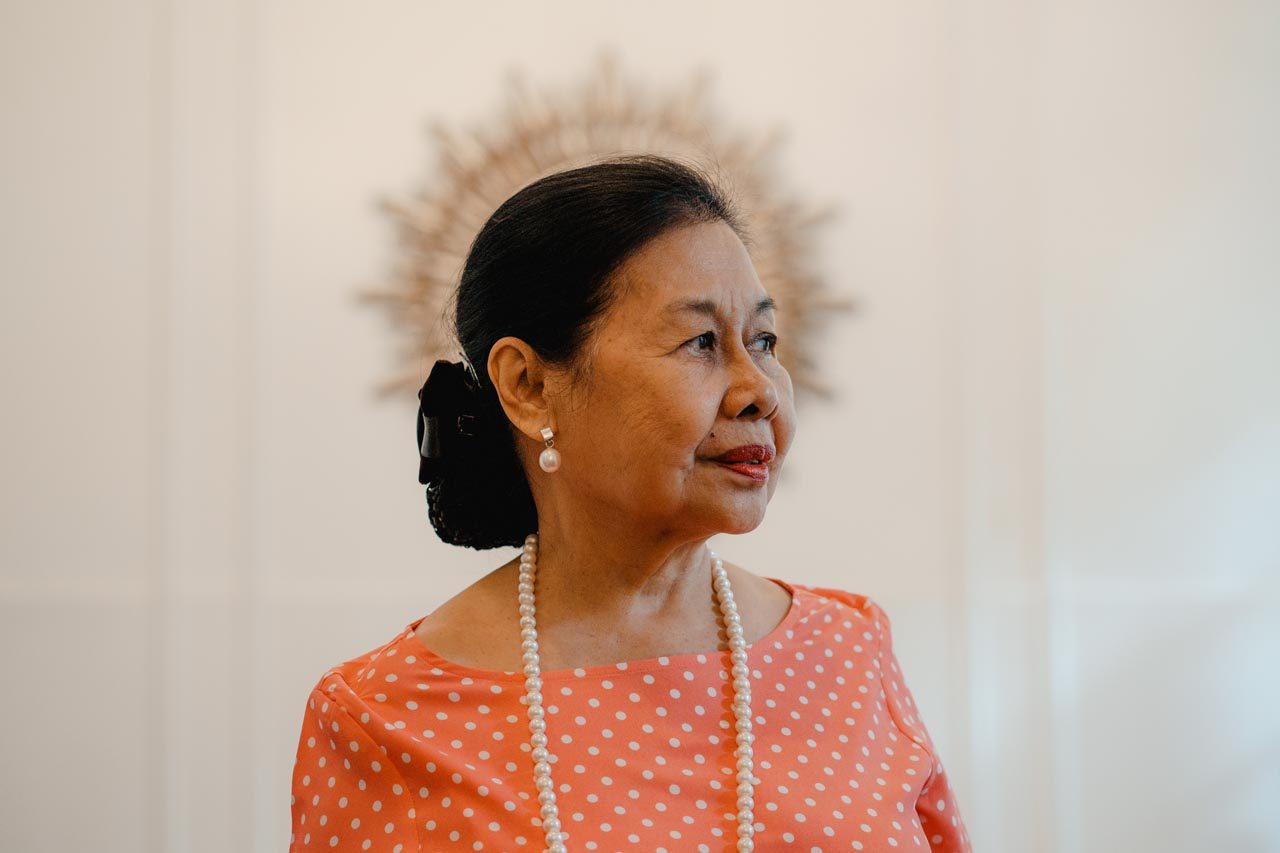
Somehow, they managed to scrape by. And little by little, visitors would be introduced to the park until finally, the caretakers felt it was ready to be fully opened to the public. But on February 4, 2003, the very day they decided to open the park gates, they were met with protesters who all called for them to get out of the park.
“We go outside, and there’s like hundreds of people with placards,” Mabanta said.
The protesters accused the women of taking away property that belonged to the teachers. They said the women just wanted a garden for themselves.
“The mini forest is for teachers, not the rich,” one sign read, in Tagalog.
Another placard, Mrs Paterno recalled, dubbed her a “Pakialamera,” saying that she didn’t belong there. Yet another sign told the women to “Go Home to Forbes Park” – even if none of the women lived there.
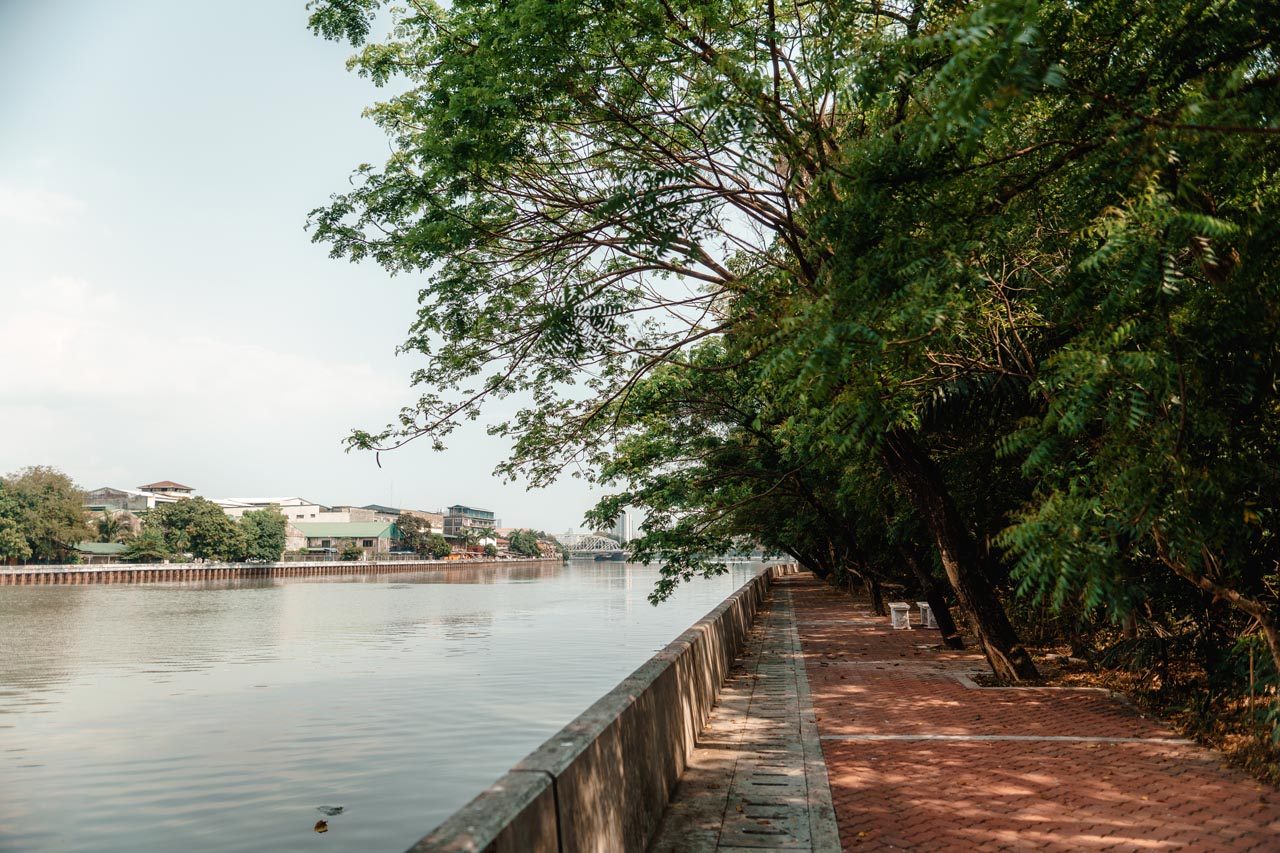
“It’s like we just wanted this little garden, or our own garden,” Montilla said.
After that day, then-Manila mayor Lito Atienza seized control of the park and effectively locked its caretakers out.
He planned to put up a building for the Department of Education – and he eventually did, beginning construction in 2005, and inaugurating the building on June 20, 2006.
The construction of the building inevitably did damage to the park. Hundreds of trees were uprooted, and pieces of land where historical artifacts had been discovered was cemented over.
The building still stands within the park property today, and is still being used by the DepEd’s Division of City Schools.
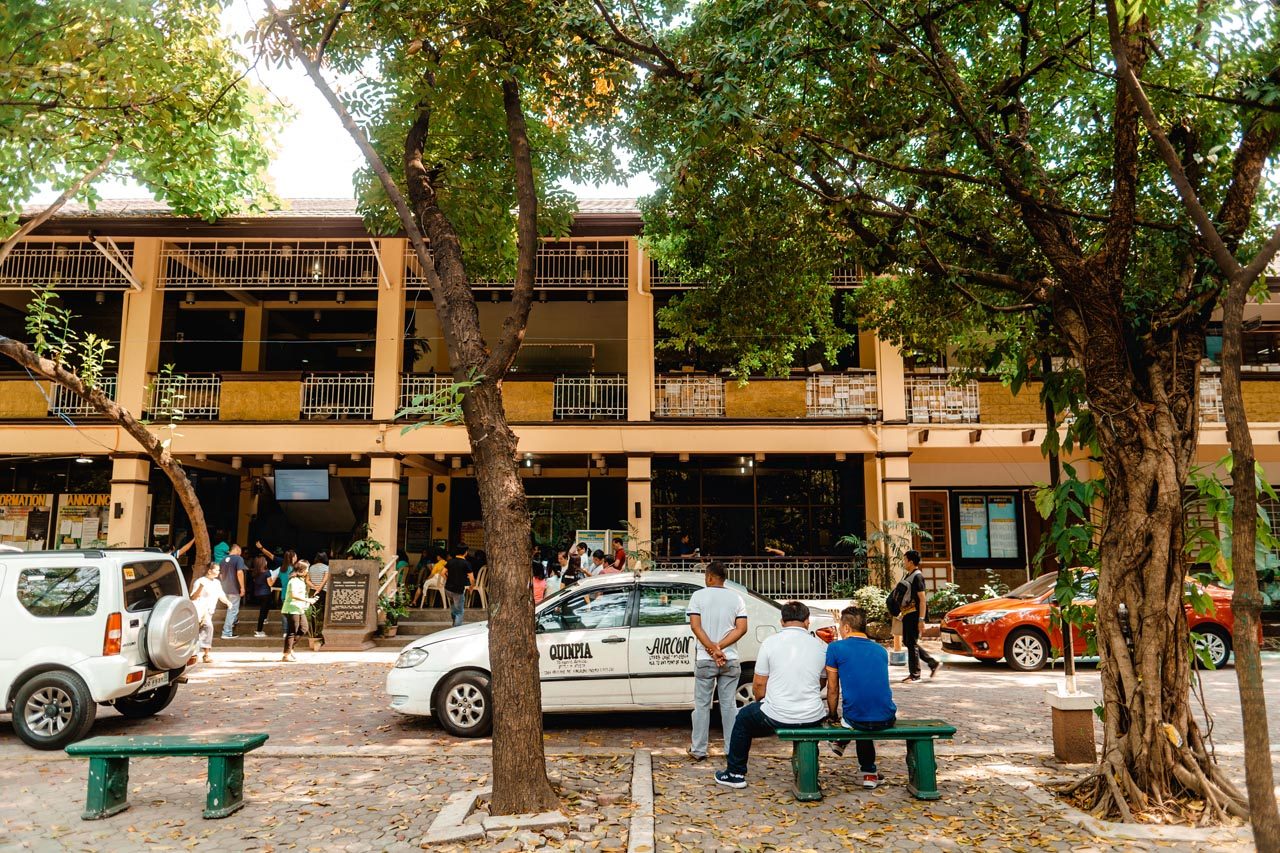
A plaque by the entrance reads that the building, called the Manila Educational Center, was constructed “under the chairmanship of the Honorable Jose L. Atienza Jr, Mayor of Manila, in line with this commitment to uplift the quality of education in Manila Public Schools under his Buhayin ang Maynila program.”
Despite the loss of a good chunk of their woman-made forest, Winner continued to watch over what was left, even when it meant having to climb the gates like outlaws.
The era of sneaking into the park has long since passed for the women, who gained back custody it after Lim became mayor again in 2007. But even then the threats to the park’s existence did not stop.
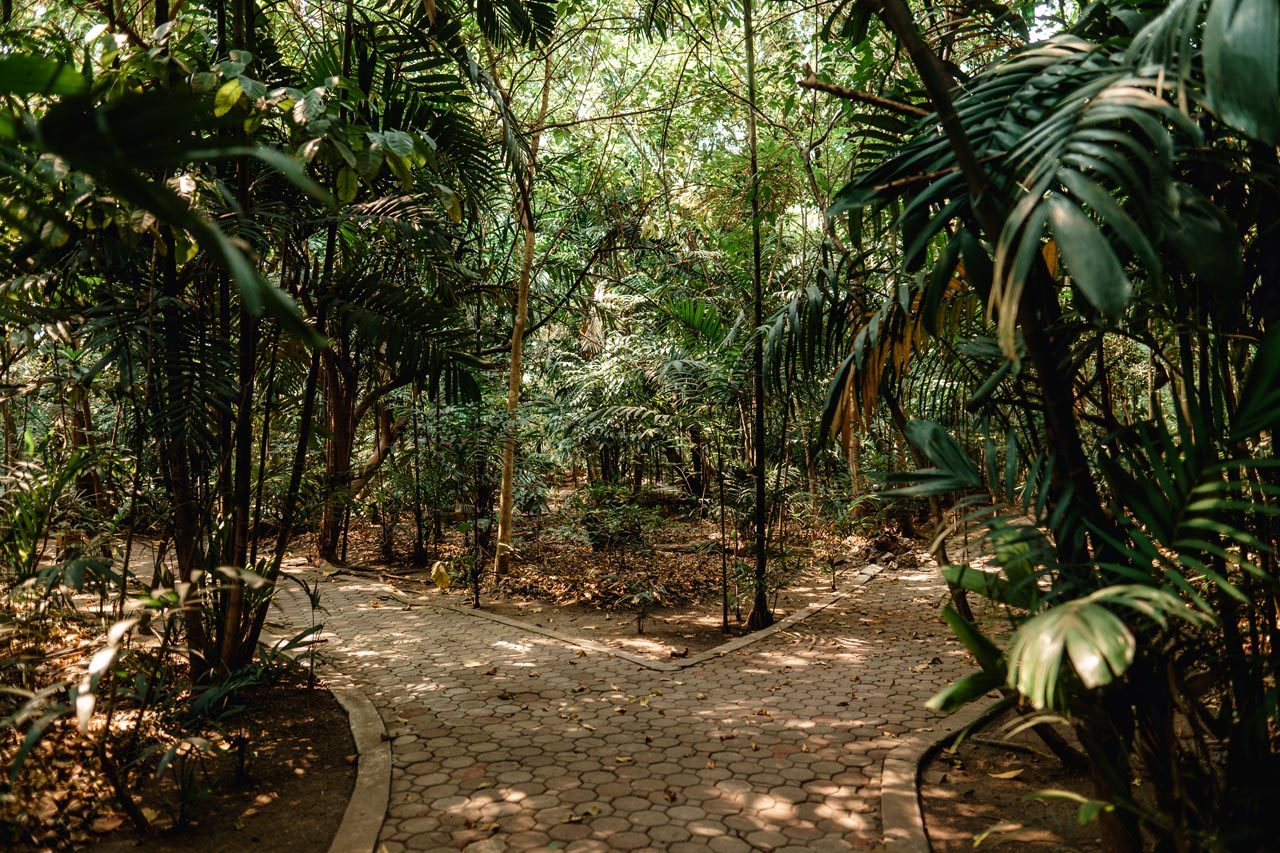
In 2017, the foundation received an order to vacate the park and turn it over to the city government, led by then-Manila mayor Joseph Estrada. They were told that a gymnasium would be built over the space. This prompted the Save Arroceros Movement to start a petition, gathering signatures in opposition to the potential destruction of more trees.
The gymnasium was never built – and with the new mayor meeting with the park’s caretakers and making promises like “we will plant more trees,” Mabanta believes that the Arroceros Forest Park is finally safe, for the first time in a long time.
The forest park’s future
In Moreno’s plans for Arroceros, there will not only be more trees, but more places to sit, to cycle, to walk, and to enjoy the clean air and the shade.
But the park as it is is still far from what Moreno has in mind, from what the women envisioned all those years ago. Dilapidated vehicles still line some of the park’s sidewalks. Graffitti mars the sign. And whether one can enter freely or not still largely depends on how the security guards are feeling that day.
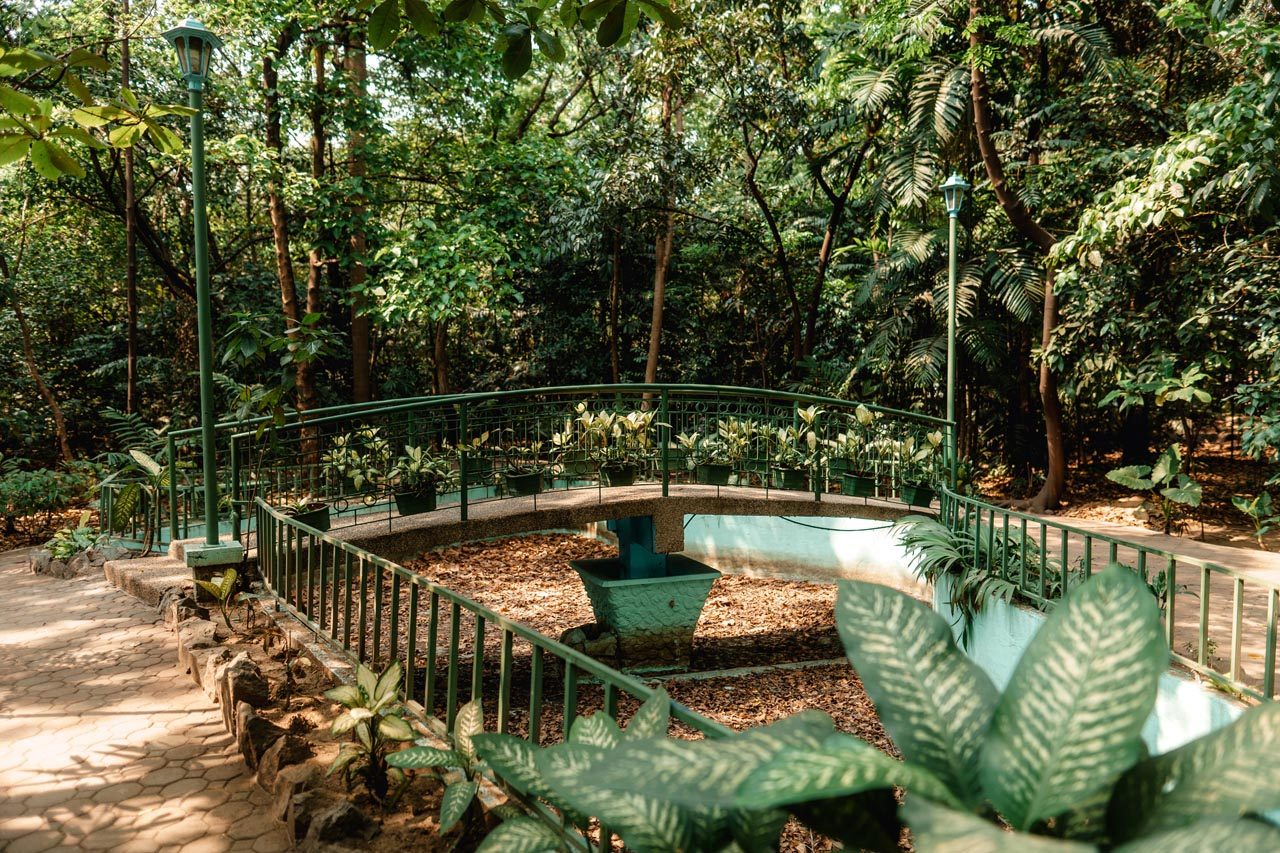
There is also the matter of securing the park’s future, by redrafting the Memorandum of Agreement, and proposing an ordinance to ensure that the park is declared a permanent tree park.
“I think it’s gonna be – because of the changes he’s making also, making the park bigger, I think it’s gonna be harder for any mayor and really unpopular to do something to it after,” Mabanta said in a later interview.
“I think it will be really stupid and difficult for any mayor after to do something else with it, because obviously the people have spoken, and that’s what people want,” she said. “I can’t see it being destroyed.”

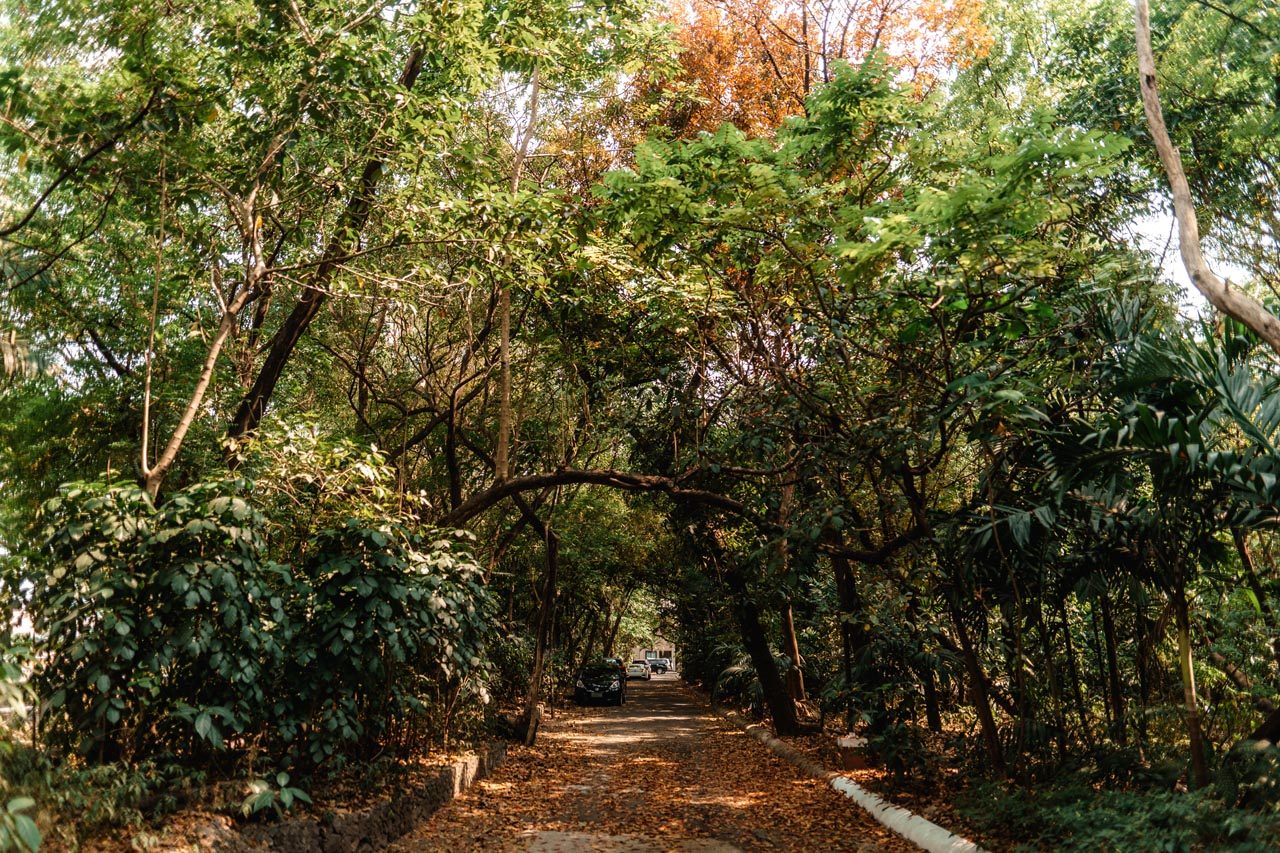
After everything the park has been through, it seems that a happy ending to Arroceros’ story is on the horizon.
If all goes well, years from now, when people visit the park and look up at its leafy canopy, people may remember the mayor who gave all his support to Manila’s last lung.
But people would do better to remember the group of people – led mostly by a handful of feisty Manilenya housewives – who, with little resources and not much clout, dragged the park out of two decades of uncertainty and kept it alive despite countless threats of destruction, by clambering over locked gates and high walls and simply refusing to give up.
“We are celebrating our 25th year this year,” said Mrs Paterno brightly. “We have managed to stay there for 25 years through sheer guts.” – Rappler.com
Add a comment
How does this make you feel?
There are no comments yet. Add your comment to start the conversation.